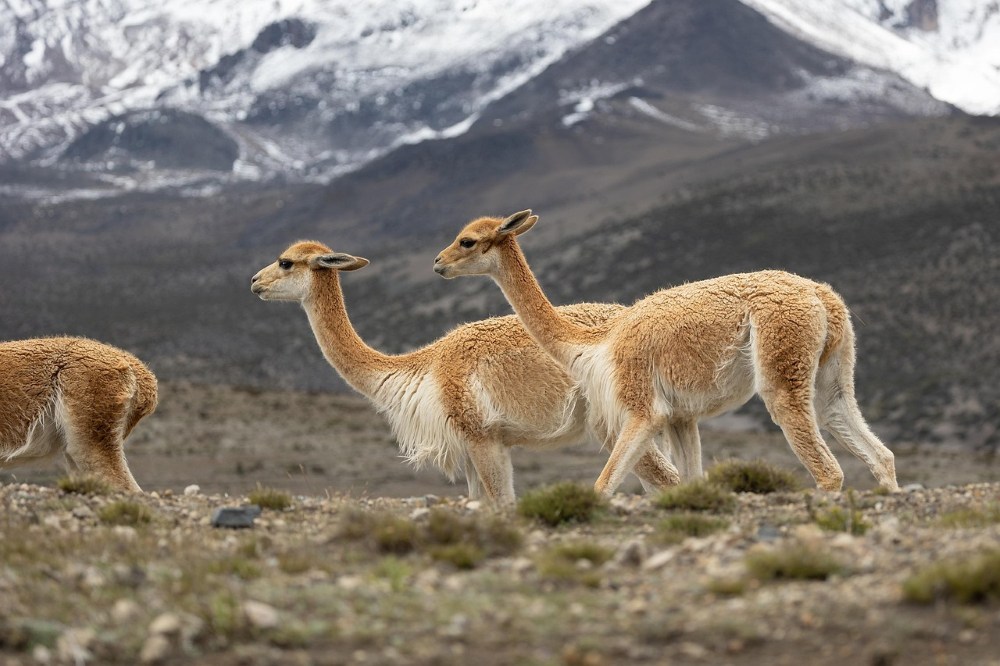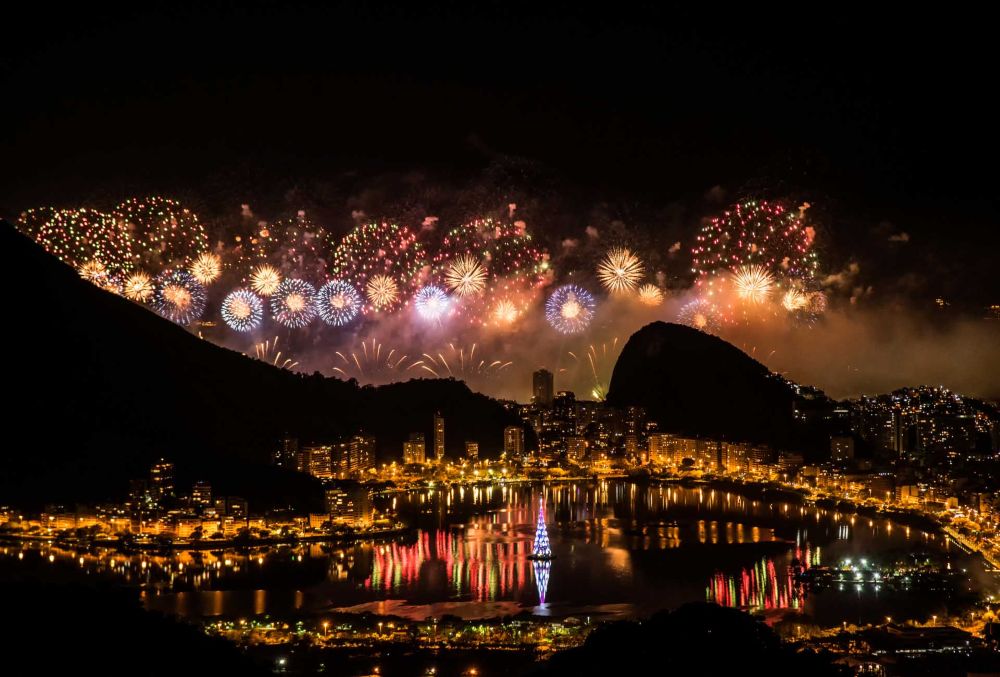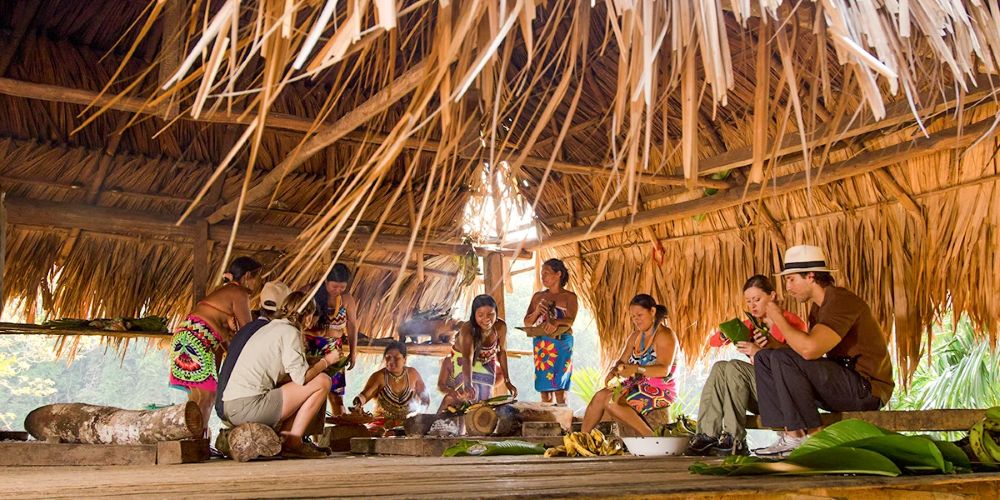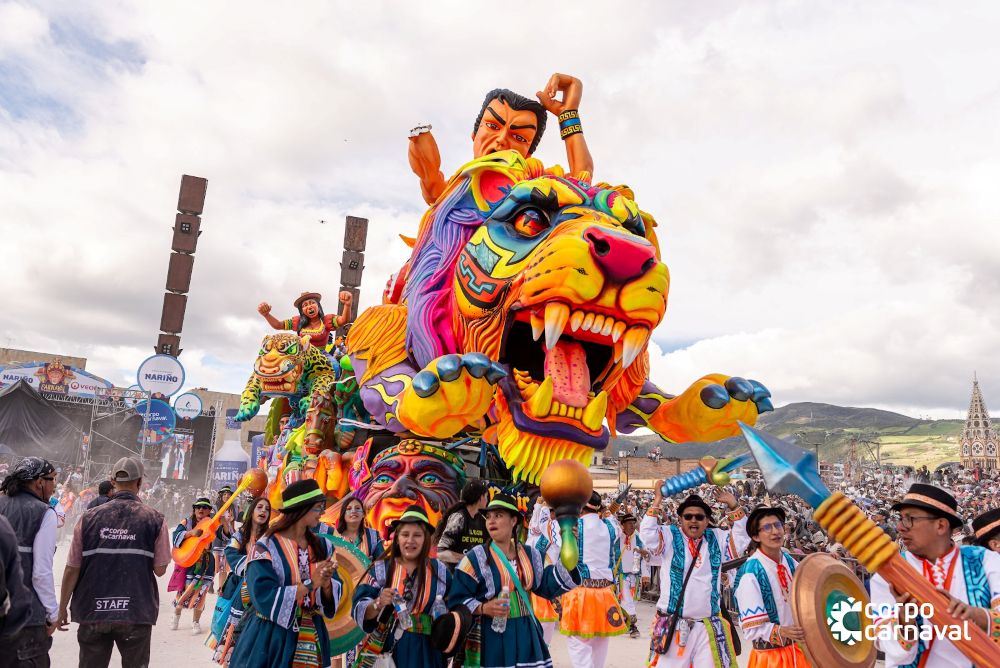When speaking of Peru‘s emblematic animal, many think of the alpaca; others, influenced by a famous Disney film, think of the llama. However, the true symbol of native wildlife—so iconic that it appears on the national coat of arms—is the vicuña. This animal from the high Andean plateaus is neither large nor imposing, but its fleece, as soft as it is rare, is more precious than gold. Behind its slender and elegant silhouette lies a story of rescue, tradition, and discreet luxury.
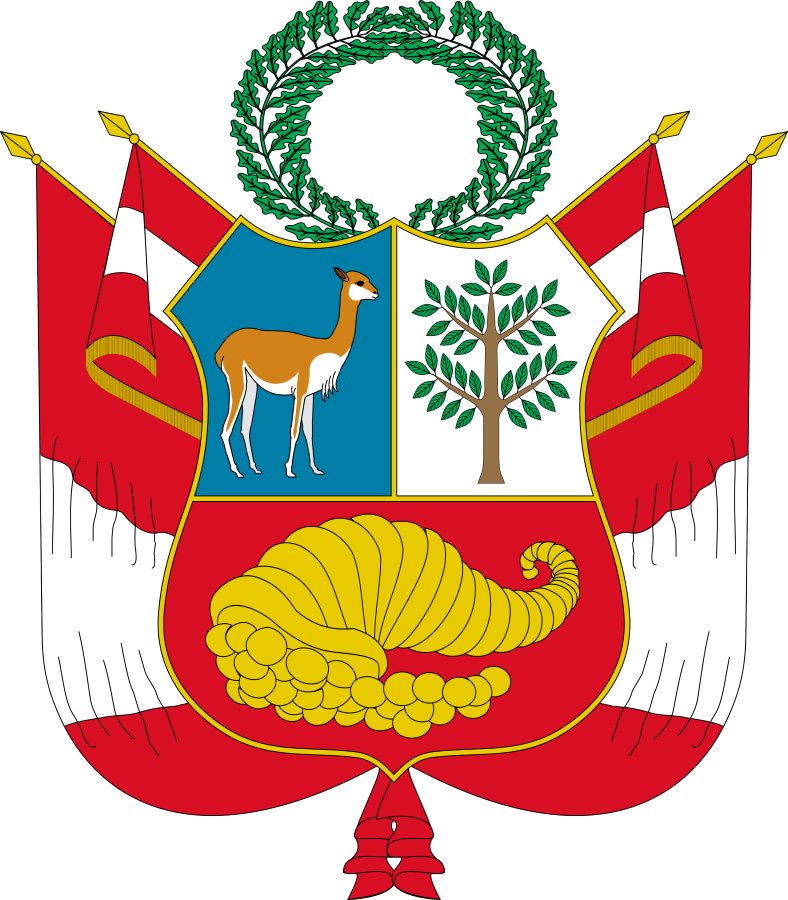
From sacred animal to national icon
The relationship between the Andean peoples and the vicuña is an ancient one. The Incas considered it sacred, and it was only sheared during the chaccu, a ceremony in which the animals were rounded up, sheared, and then released. Only the nobility could wear this wool, which further reinforced its symbolic value.
From near extinction to protected species
In the 1960s, there were fewer than 10,000 vicuñas in the entire country. Illegal hunting for their fleece had brought the species to the brink of extinction. In response, the Peruvian government created the Pampa Galeras National Reserve and, together with local communities, established a model of protection and sustainable use. Today, there are more than 200,000 vicuñas in Peru alone, and access to their fleece is strictly regulated by international agreements such as CITES (Convention on International Trade in Endangered Species of Wild Fauna and Flora).
In recognition of this collective effort, Peru celebrates National Vicuña Day every November 15, a date that highlights its ecological role and the work of the communities that protect it.
The finest fiber in the world
Vicuña wool fiber measures between 12 and 13 microns in diameter—finer than cashmere—and is extremely warm, light, and soft. Each animal produces only 150 to 250 grams of fiber every two to three years. This explains why a kilo can sell for more than $500 on the legal market, and reach even higher prices on unregulated channels.
Some haute couture houses have made this fiber their signature. A vicuña coat can cost between $4,000 and $20,000, and it is not uncommon for the garment to include precise information on the exact origin of the fiber, thanks to the traceability system.
A source of income for Andean communities
Peru is home to more than 80% of the world’s vicuña population, and the sale of their fleece through authorized auctions provides income to more than 600 rural communities in regions such as Ayacucho, Puno, Arequipa, and Cusco. However, challenges remain in terms of equity in the value chain: the price paid for the fiber at source remains low compared to the price it fetches on international markets.
Our article: Puno: a journey between Andean culture and natural wonders in Peru
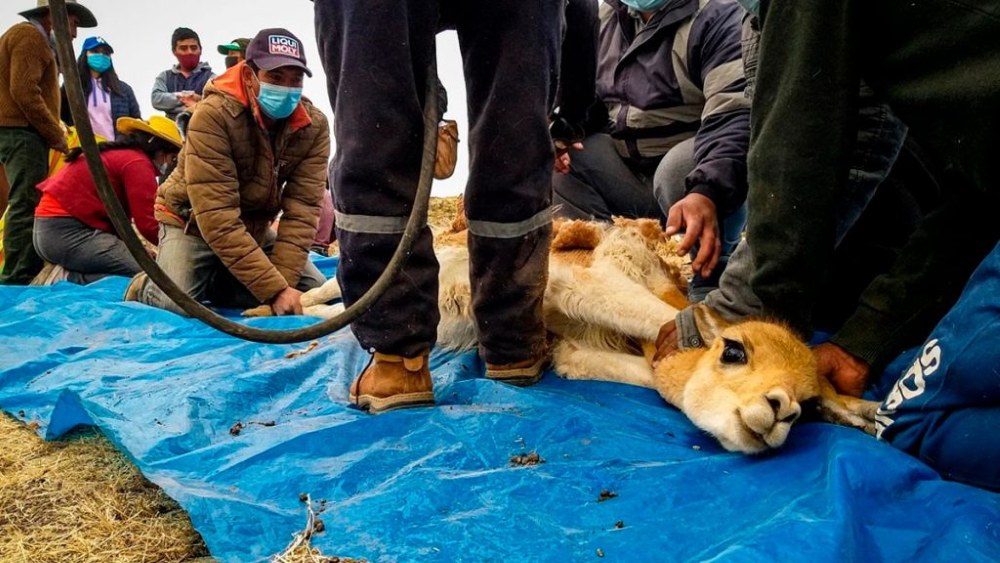
A tradition that lives on
Chaccu is still practiced as an effective method of managing the species. Communities organize the shearing of adult specimens only with technical and veterinary support to avoid intensive exploitation.
The vicuña owes its prestige not to myth, but to a concrete history, preserved by the joint efforts of those who live in the Andes. Its fleece remains rare, expensive, and admired. But more than that, it is the fruit of a patient coexistence between humans and nature at an altitude of over 3,500 meters.
Photos : PROMPERÚ | Keishpixl | @jordibartolomefilella | @erick_c.sar_

